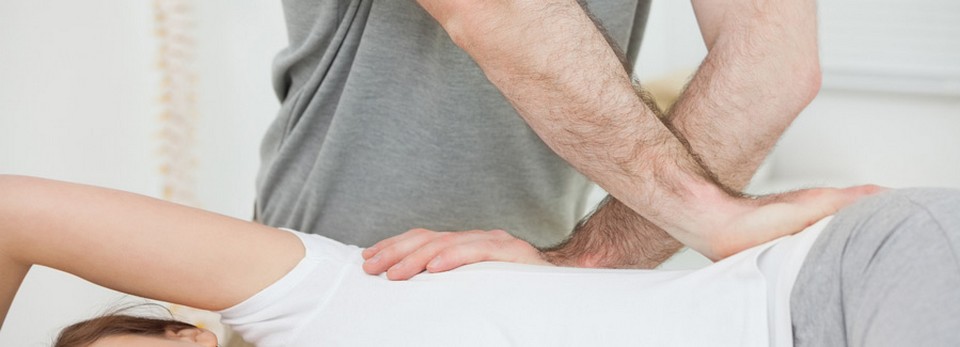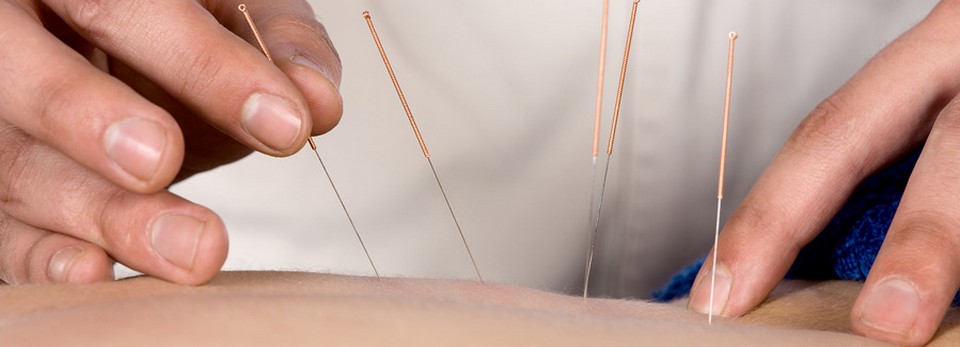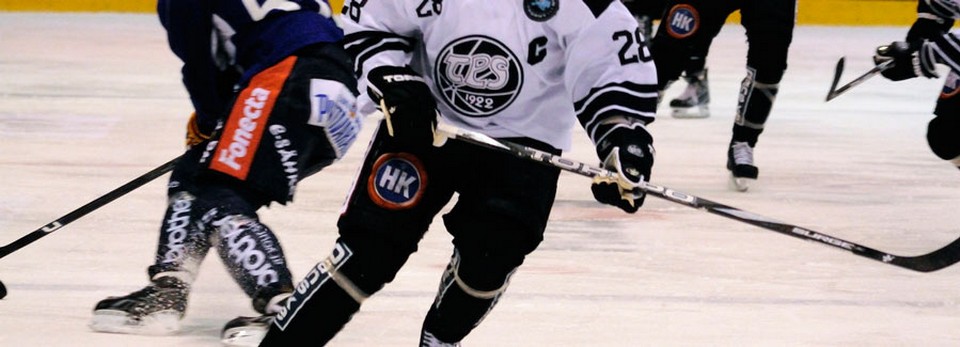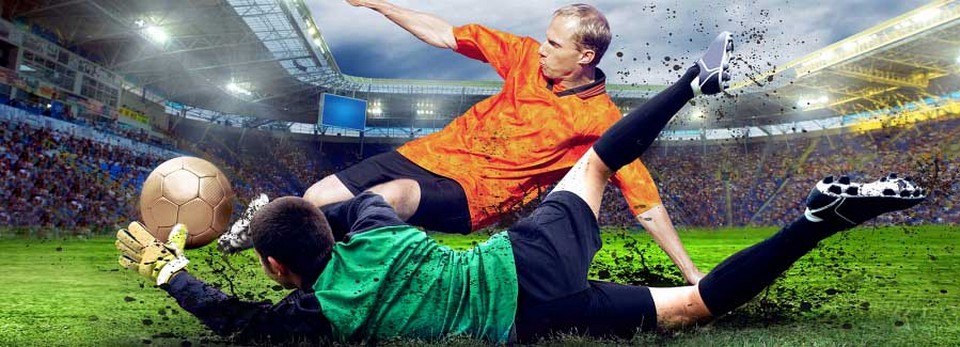Q: I have a knee cap that keeps flipping out to the side. My parents want me to wait until I'm an adult to have any surgery so my growth won't be stunted. My coach doesn't say as much but I think he wants me to get it fixed. What should I do?
A: The initial treatment for a patellar problem begins by decreasing the inflammation in the knee. If you haven't already tried rest and anti-inflammatory medications, such as aspirin or ibuprofen, this would be the first step. Conservative care of this type is especially recommended when the problem is coming from overuse.
Another possibility is physiotherapy. The physiotherapist can help in the early stages by using ultrasound to limit pain and swelling and teaching you how to do ice massage at home. As the pain and inflammation become controlled, your physiotherapist will work with you to improve flexibility, strength, and muscle balance in the knee.
Bracing or taping the patella can help you do exercises and activities with less pain. Most braces for patellofemoral problems are made of soft fabric, such as cloth or neoprene. You slide them onto your knee like a sleeve. A small buttress pads the side of the patella to keep it lined up within the groove of the femur.
An alternative to bracing is to tape the patella in place. The therapist applies and adjusts the tape over the knee to help realign the patella. The idea is that by bracing or taping the knee, the patella stays in better alignment within the femoral groove. This in turn is thought to improve the pull of the quadriceps muscle so that the patella stays lined up in the groove. Patients report less pain and improved function with these forms of treatment.
If all efforts to use nonoperative treatment techniques fail, then surgery may be an option. Some younger patients, especially athletes do wait until they have reached full skeletal maturity before having surgery. This is so the growth plate is not disturbed and thus avoiding a leg length difference.
There are some surgeries that do not require disruption of the growth areas. Your surgeon would be the best one to evaluate and advise you as to the best approach to this problem. Your age, bone maturity, and activity level will be taken into consideration. The surgeon will also assess your particular anatomy and other individual risk factors that might be present. Get all the information you can before making a final decision.
Reference: Jinzhong Zhao, MD, et al. Recurrent Patellar Dislocation in Adolescents. In The American Journal of Sports Medicine. January 2012. Vol. 40. No. 1. Pp. 123-132.
Bedford-Sackville Physiotherapy Clinic Inc. provides services for physiotherapy in Lower Sackville.








